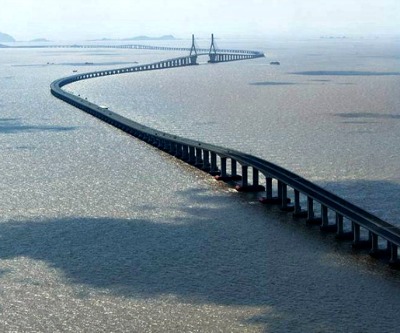Chinese bank calls $1.6 trillion local government debt a timebomb

The Agricultural Bank of China has sounded the alarm about “impulsive” local governments over-investing in the name of urbanization.
China’s official government news agency Xinhua on Saturday reported that local government debt – estimated at 10 trillion yuan or roughly $1.6 trillion – “has long been considered a time bomb for [the] Chinese economy”.
The bank – one of the four big banks operating in the country with more than 320 million customers – said while growth has slowed along the coastal regions – with the exception of the richest province Tianjin which grew a whopping 13.8% – ten provincial regions in central and western parts of the country, including Chongqing, Yunnan, Gansu, Tibet and Xinjiang, enjoyed GDP expansion of over 12%.
In 2013 newly elected local governments “are more likely inclined to impulsive investment, and large infrastructure projects will be the key area of investment,” the report said, adding that officials may be driven to spend hastily to achieve targets set by central government.
China’s spectacular growth has been fuelled by fixed investment in infrastructure which constitutes more than 50% of the economy. That compares to the US where it only makes up 14% of GDP.
RELATED: Here is China’s Bridge to Nowhere. It also happens to be the world’s longest
The world’s metal and mining companies have become increasingly reliant on China’s massive infrastructure build-out – the country consumes more than 40% of the world’s copper, 60% of its iron ore, is by far the biggest importer of coal and almost produces more steel than the rest of the world combined.
Any downshift in this dynamic would have a huge impact on mining companies like BHP Billiton (LON:BHP), Vale (NYSE:VALE), Xstrata (LON:XTA) Anglo American (LON:AAL) and Rio Tinto (LON:RIO) which rely heavily on exports to the country.
Just one commodity – iron ore – is responsible for 66% of the top five resource diversified resource companies’ profits.
While many analysts and outside observers have called attention to the problem of the debt pile and overbuilding by municipalities – vividly represented by China’s many ghost cities – the new report is different.
The wide reporting of the bank study via official channels and the timing of the report – on the eve of the Chinese new year – may indicate a growing realization of the scale of the problem and the urgency of tackling it.
{{ commodity.name }}
{{ post.title }}
{{ post.date }}




Comments